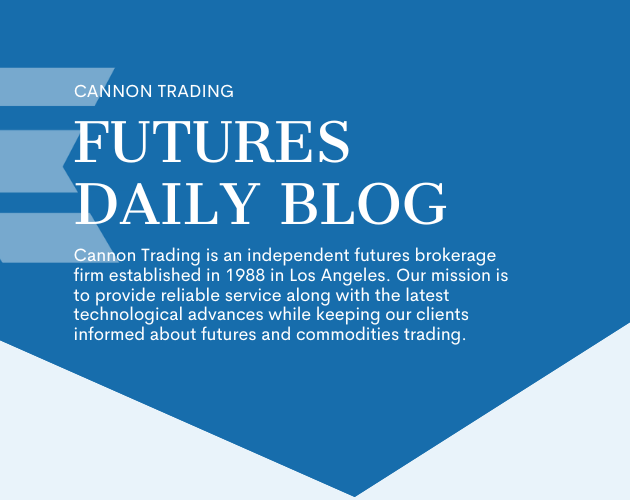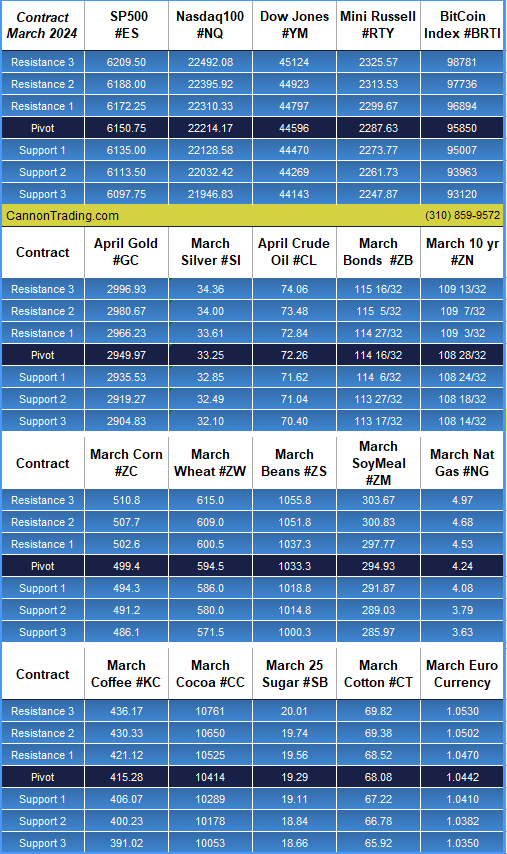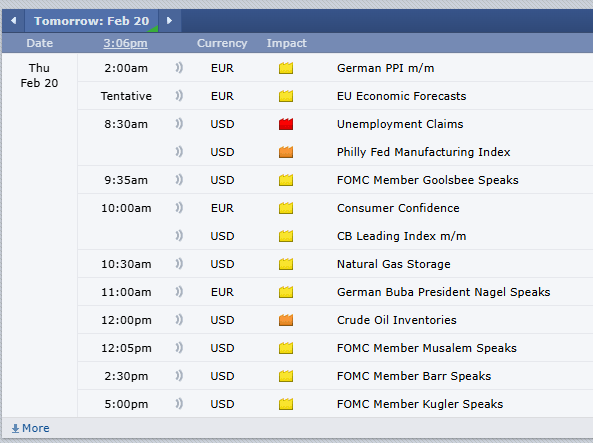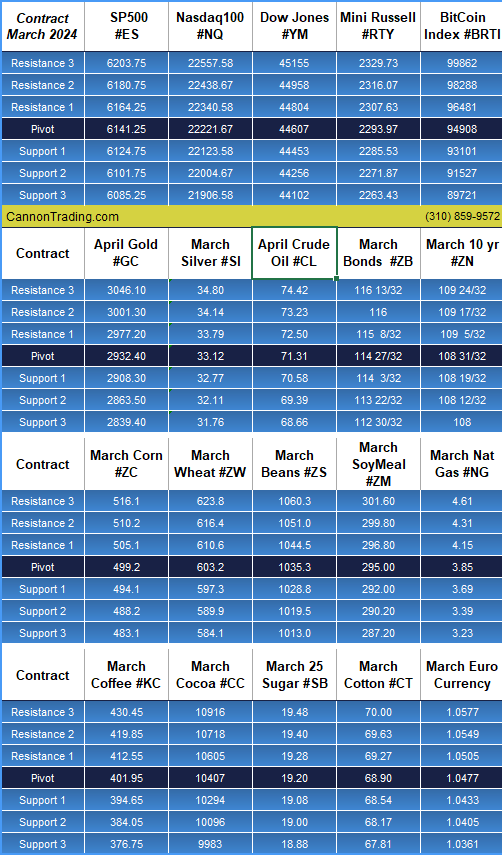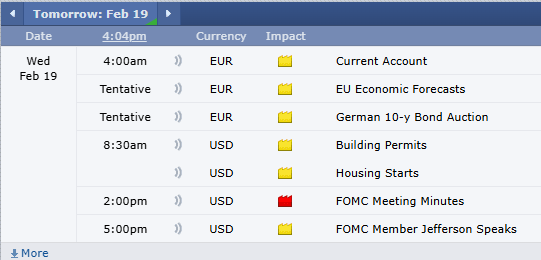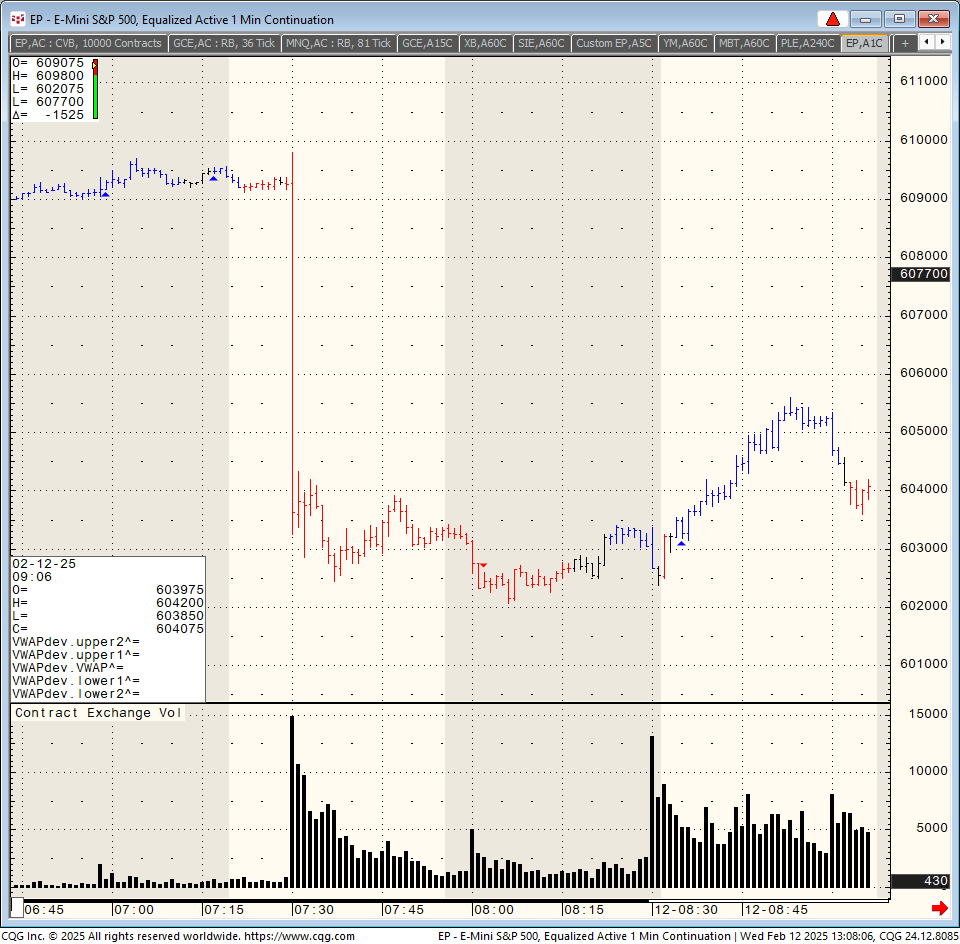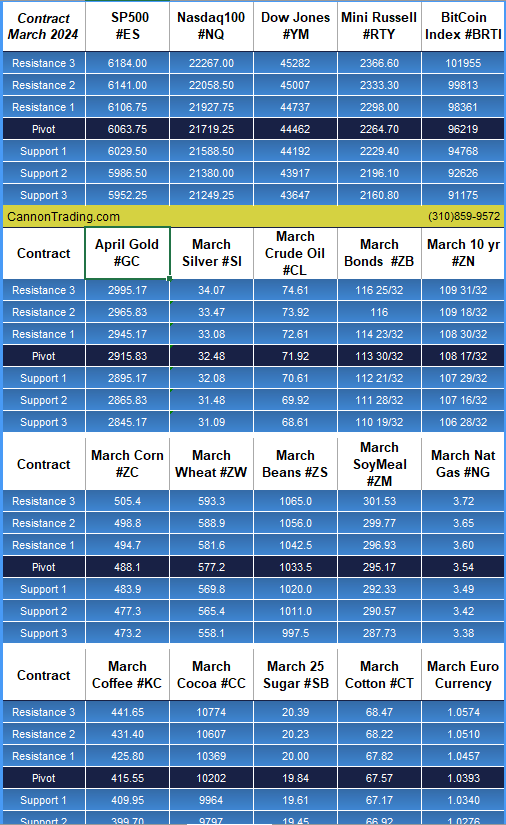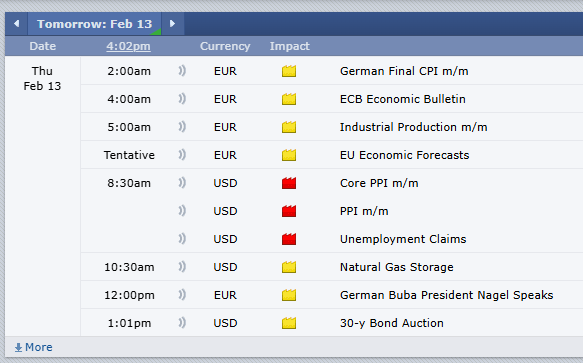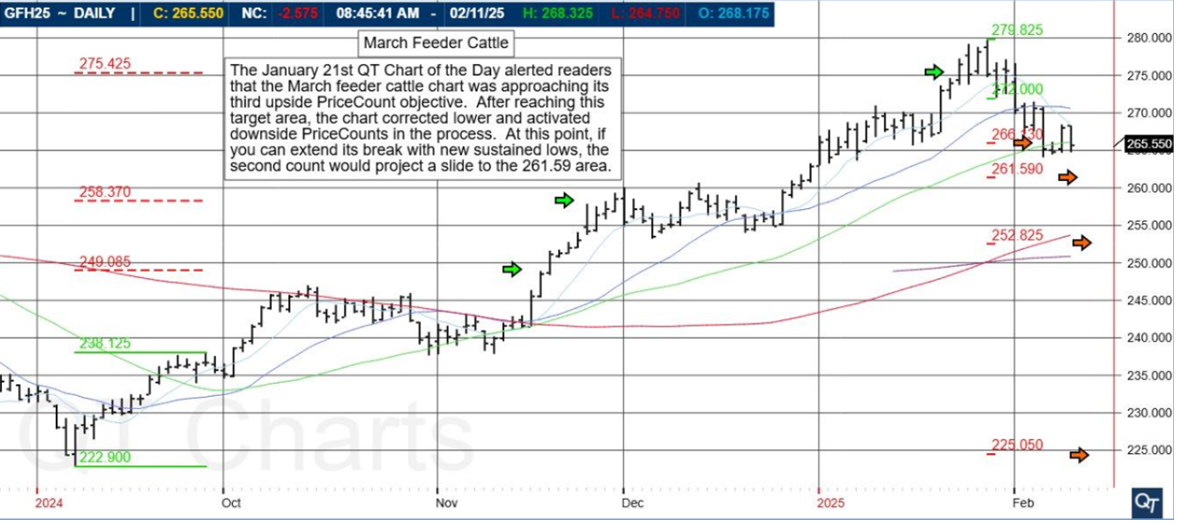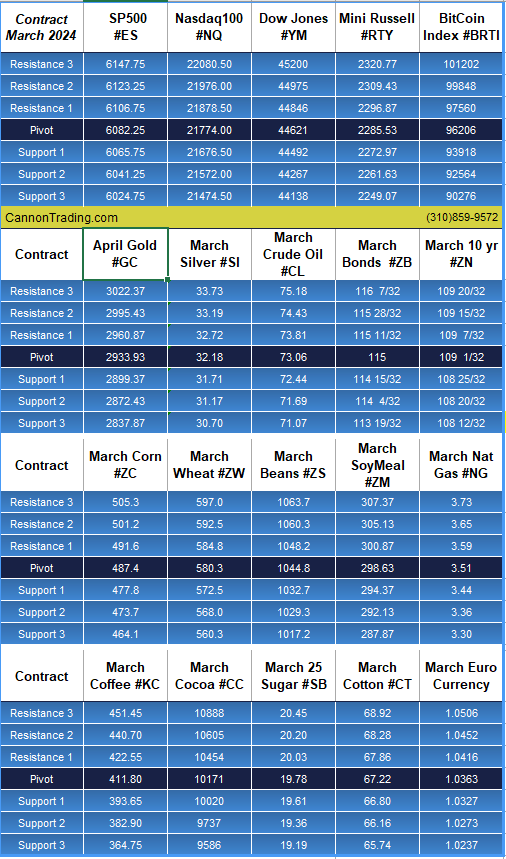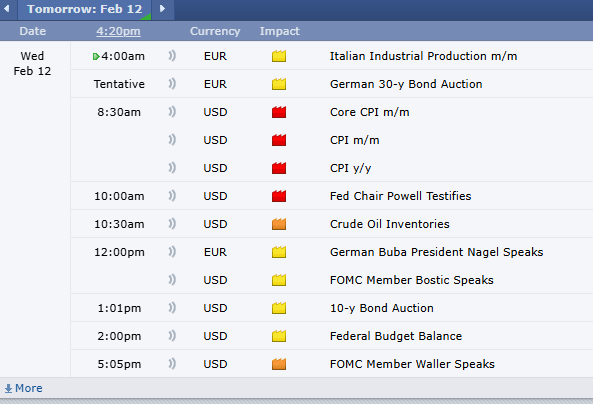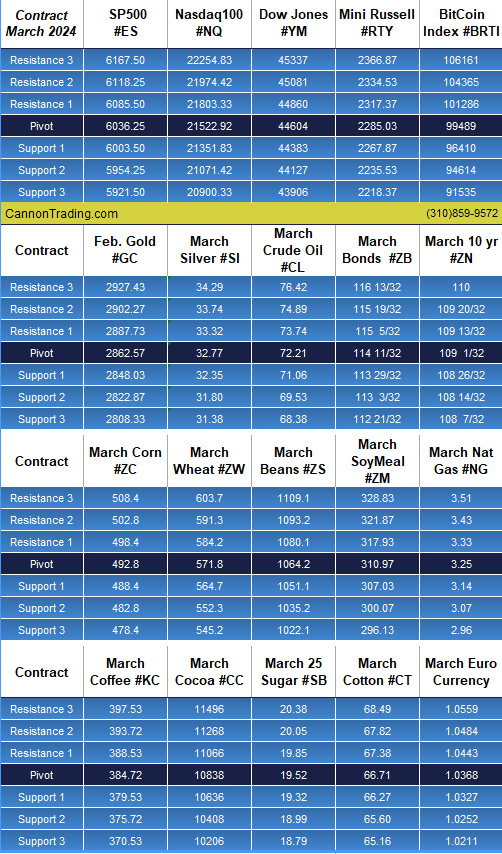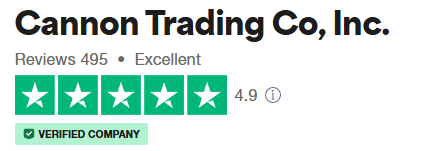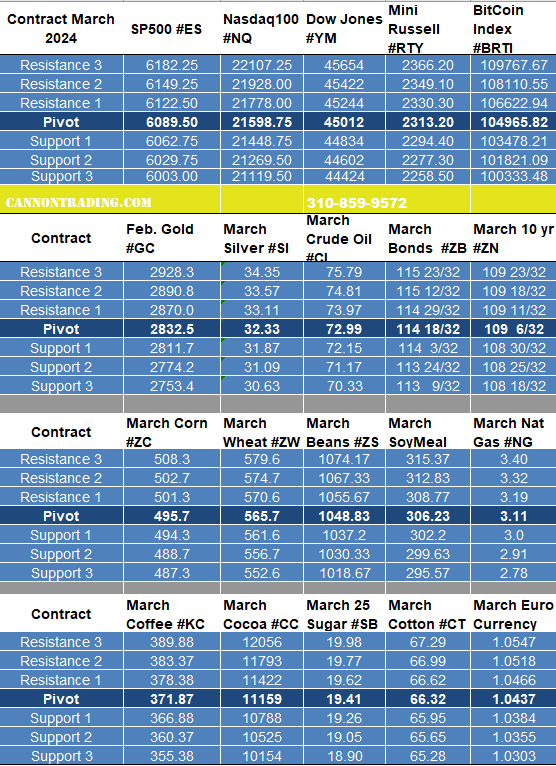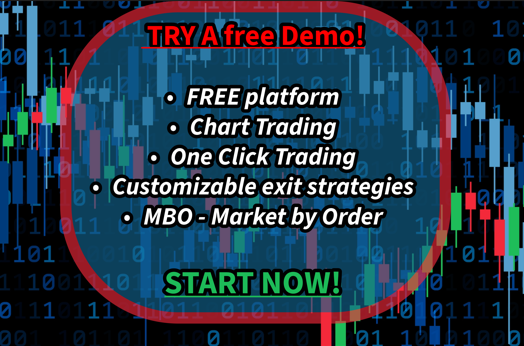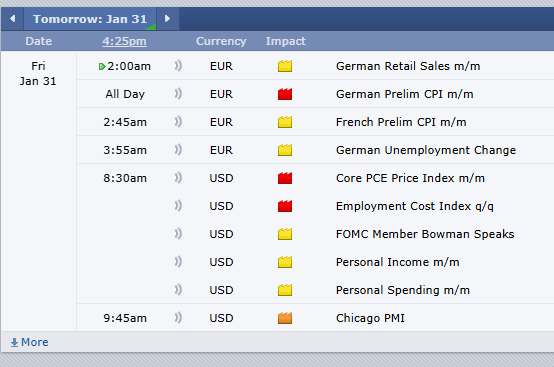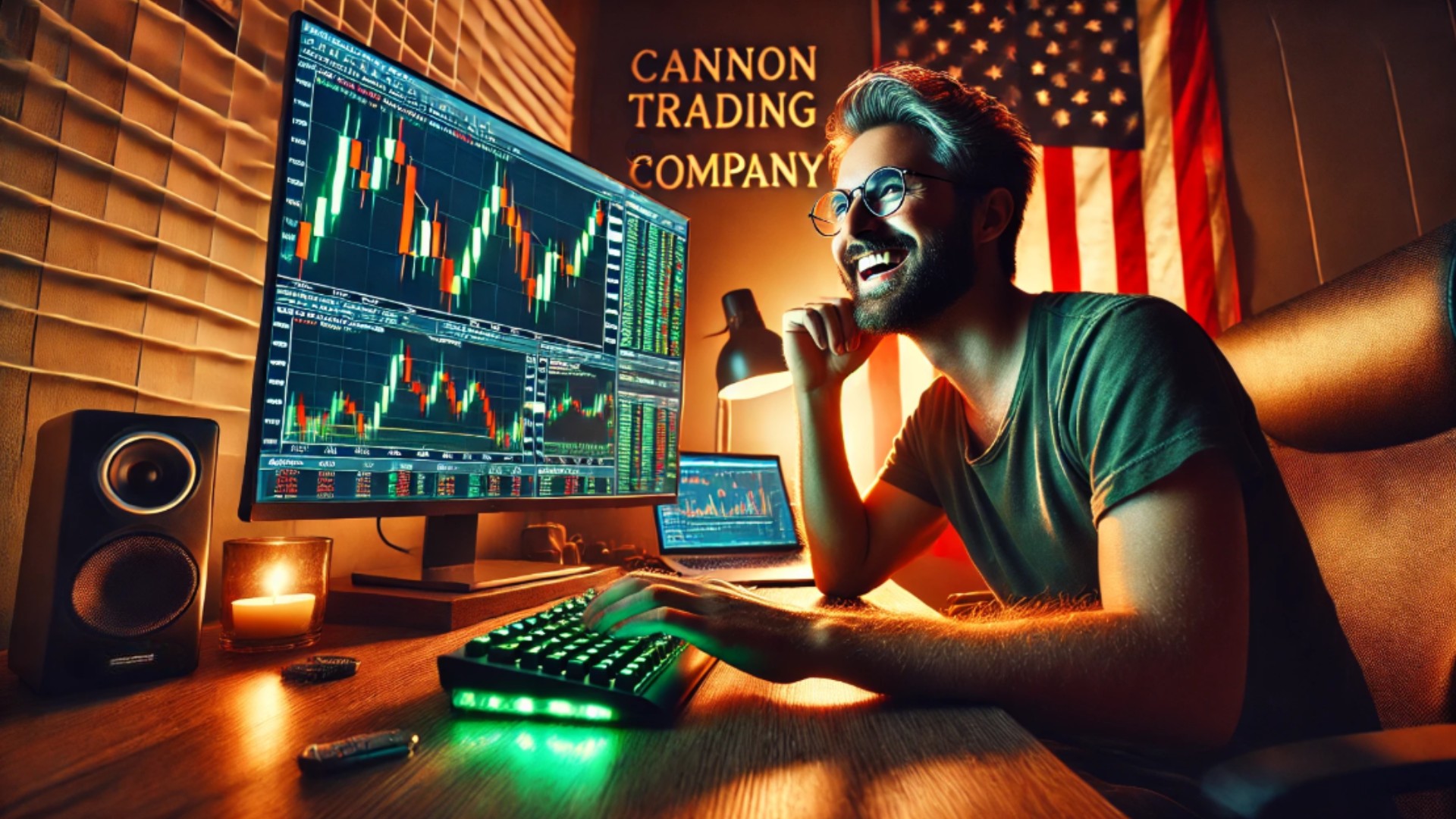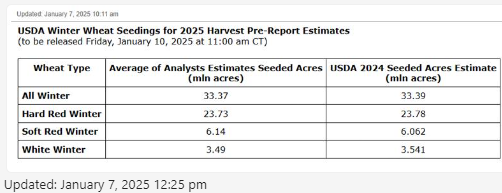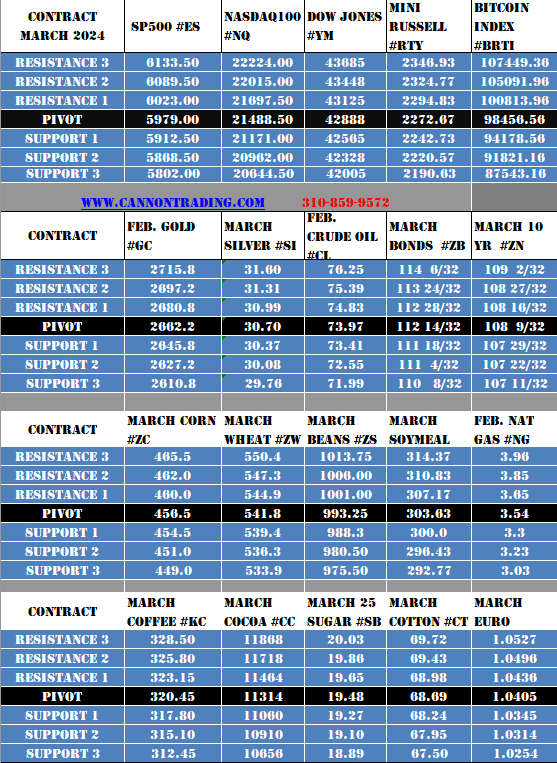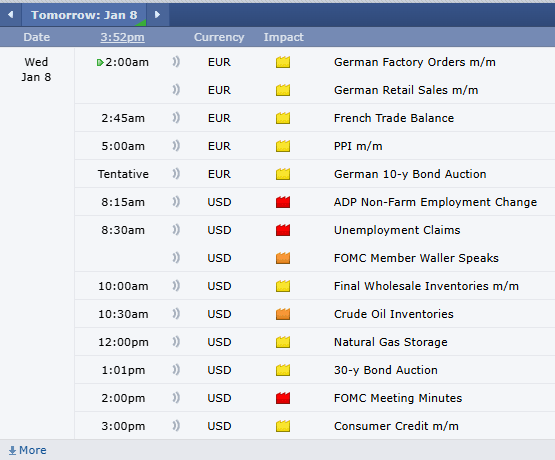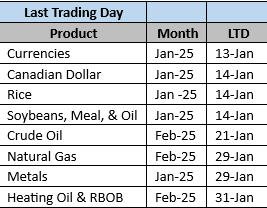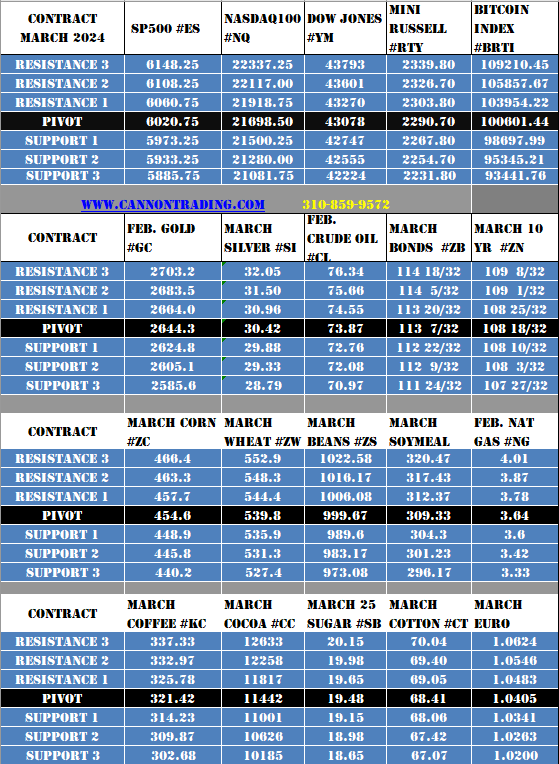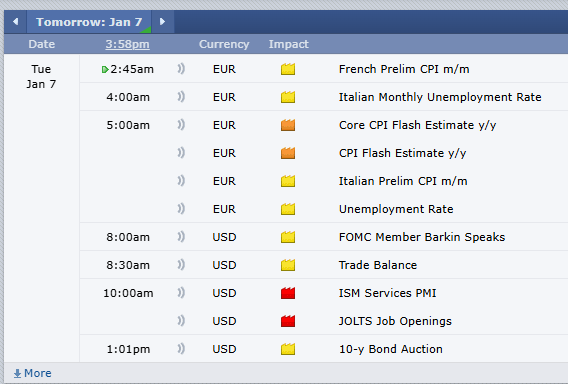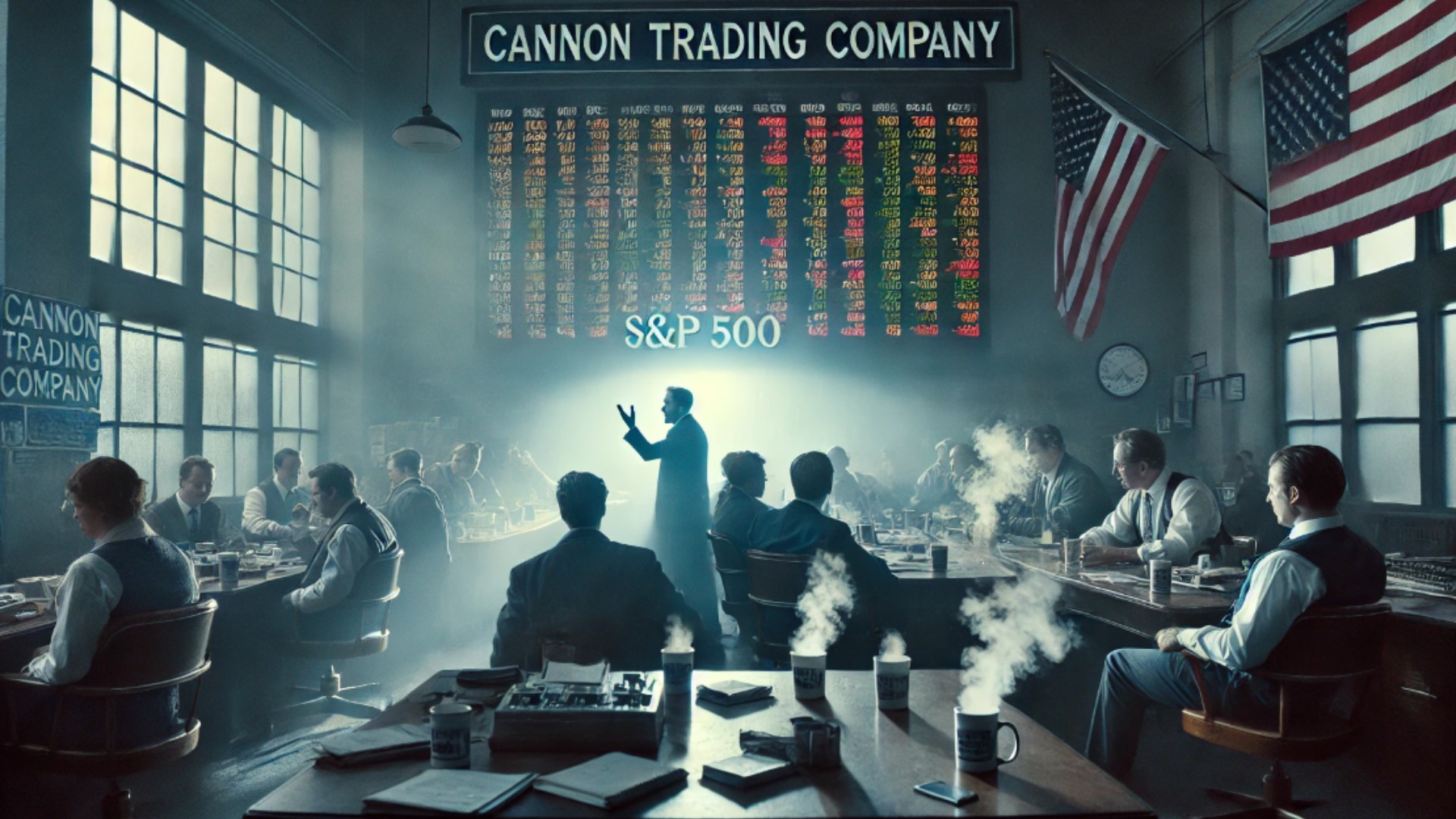The wheat future contract has been a cornerstone of the agricultural futures market for centuries, allowing producers, processors, and investors to hedge against price fluctuations in a volatile global market. Today, futures trading has evolved into a sophisticated financial tool supported by cutting-edge technology and regulatory frameworks. This article will explore the evolution of wheat futures and other farm crop contracts, providing real-life anecdotes, case studies, and hypothetical trading scenarios to illustrate their significance. Additionally, we’ll delve into why Cannon Trading Company, with its decades of experience, stellar reputation, and wide selection of free platforms, stands out as a premier choice for trading wheat and other agricultural futures like class 3 milk futures and the corn futures contract.
The Evolution of Wheat Futures and Farm Crop Contracts
The origins of wheat future contracts date back to the mid-19th century with the establishment of the Chicago Board of Trade (CBOT) in 1848. Farmers and grain merchants needed a system to protect themselves from unpredictable price swings caused by weather, supply chain issues, and geopolitical events. Enter the futures market: a standardized contract to buy or sell wheat at a predetermined price on a specific future date.
Over time, the concept expanded to include other farm crop contracts, such as the corn futures contract and class 3 milk futures. Initially, futures trading was dominated by local farmers and merchants. However, the advent of electronic trading in the late 20th century democratized access, attracting institutional investors, hedge funds, and individual traders from around the globe.
Technological advancements have played a pivotal role in this evolution. Today, platforms like those offered by Cannon Trading Company provide traders with real-time market data, advanced charting tools, and risk management features, making futures trading more accessible and efficient than ever before.
Real-Life Anecdotes and Case Studies
The 2008 Wheat Price Surge
One of the most dramatic examples of volatility in the wheat market occurred in 2008. Global wheat prices skyrocketed due to poor harvests, rising demand from emerging markets, and export restrictions imposed by major producing countries. For farmers in the U.S. Midwest, this presented both challenges and opportunities.
A Kansas wheat farmer, for example, used wheat future contracts to lock in a sale price of $12 per bushel in March 2008, months before harvesting. By the time his crop was ready, spot prices had dropped to $8 per bushel due to improved weather conditions and easing supply concerns. His decision to hedge through futures saved his business from significant losses, highlighting the value of futures trading for risk management.
The Corn Belt Hedge Fund
In the 2010s, a small hedge fund based in Illinois recognized the interconnectedness of farm crop contracts. By analyzing weather patterns, they predicted a poor corn harvest in the Midwest, leading them to short corn futures contracts while going long on wheat future contracts due to substitution effects in animal feed markets. Their calculated bets paid off handsomely, yielding a 35% return for the year and showcasing how futures can be used for speculative gains as well as hedging.
Hypothetical Trading Scenario: A Dairy Processor
Imagine a dairy processor who relies on milk as a primary input. Concerned about rising costs, they decide to trade class 3 milk futures to secure a stable price for the next six months. By locking in a price of $17.50 per hundredweight, they mitigate the risk of price spikes caused by fluctuating feed costs for dairy cattle. Meanwhile, a speculator on the other side of the trade takes on the risk, hoping to profit from price movements. This mutually beneficial arrangement demonstrates the dual nature of futures markets: risk transfer and price discovery.
The Role of Cannon Trading Company in Futures Trading
Cannon Trading Company has established itself as a trusted partner for traders of all experience levels. Its wide selection of free platforms, including advanced tools for analyzing wheat future contracts, class 3 milk futures, and the corn futures contract, makes it an excellent choice for anyone engaged in futures trading. Here’s why:
- User-Friendly Platforms
Cannon Trading offers an array of platforms tailored to different trading styles and needs. Whether you’re a novice looking for simplicity or a seasoned trader requiring advanced analytics, Cannon has you covered. Real-time data, customizable charts, and automated trading options empower traders to make informed decisions.
- Decades of Experience
With over three decades in the industry, Cannon Trading has weathered market ups and downs, earning a reputation for reliability and expertise. Their deep understanding of markets like wheat future contracts and farm crop contracts positions them as invaluable advisors to clients navigating the complexities of futures trading.
- Regulatory Excellence
Cannon Trading Company’s exemplary track record with regulatory bodies underscores its commitment to transparency and integrity. In an industry where trust is paramount, this reputation provides peace of mind to traders.
- Educational Resources
For newcomers to futures trading, Cannon offers a wealth of educational resources, including webinars, tutorials, and market analysis. These tools help traders understand the nuances of markets like the corn futures contract and class 3 milk futures, enabling them to trade with confidence.
- Stellar Customer Support
Cannon’s 5-star ratings on TrustPilot reflect its dedication to customer satisfaction. Their team of experienced brokers is available to assist clients with everything from platform setup to strategy development, ensuring a seamless trading experience.
Why Trade Wheat Futures?
Trading wheat future contracts offers several advantages:
- Risk Management: Farmers and processors can hedge against price fluctuations, ensuring stable income and cost structures.
- Liquidity: The wheat market is highly liquid, making it easy to enter and exit positions.
- Leverage: Futures allow traders to control large amounts of wheat with relatively small initial investments, amplifying potential returns (and risks).
- Diversification: For investors, wheat futures provide exposure to a commodity that behaves differently from stocks and bonds, enhancing portfolio diversification.
Risks and Rewards in Futures Trading
While futures trading offers significant opportunities, it’s not without risks. Leverage can magnify losses as well as gains, and market movements can be unpredictable. However, with the right tools and strategies—like those provided by Cannon Trading Company—traders can navigate these challenges effectively.
The Future of Farm Crop Contracts
As climate change and geopolitical tensions continue to impact agricultural markets, the role of farm crop contracts like wheat future contracts, class 3 milk futures, and the corn futures contract will only grow in importance. Technological innovations, such as blockchain-based smart contracts and AI-driven market analysis, promise to further revolutionize futures trading, making it more transparent and efficient.
The journey of wheat future contracts and other farm crop contracts from their humble beginnings to today’s sophisticated markets is a testament to the resilience and adaptability of the agricultural sector. Real-life examples and hypothetical scenarios illustrate the value of these contracts for hedging and speculation alike. For traders seeking a reliable partner in this dynamic market, Cannon Trading Company stands out with its top-rated platforms, extensive experience, and commitment to customer success.
Whether you’re trading wheat future contracts, class 3 milk futures, or the corn futures contract, Cannon Trading provides the tools and support you need to succeed. By leveraging their expertise and resources, you can navigate the complexities of futures trading with confidence.
For more information, click here.
Ready to start trading futures? Call us at 1(800)454-9572 – Int’l (310)859-9572 (International), or email info@cannontrading.com to speak with one of our experienced, Series-3 licensed futures brokers and begin your futures trading journey with Cannon Trading Company today.
Disclaimer: Trading Futures, Options on Futures, and retail off-exchange foreign currency transactions involve substantial risk of loss and are not suitable for all investors. Past performance is not indicative of future results. Carefully consider if trading is suitable for you in light of your circumstances, knowledge, and financial resources. You may lose all or more of your initial investment. Opinions, market data, and recommendations are subject to change at any time.
Important: Trading commodity futures and options involves a substantial risk of loss. The recommendations contained in this article are opinions only and do not guarantee any profits. This article is for educational purposes. Past performances are not necessarily indicative of future results.
This article has been generated with the help of AI Technology and modified for accuracy and compliance.
